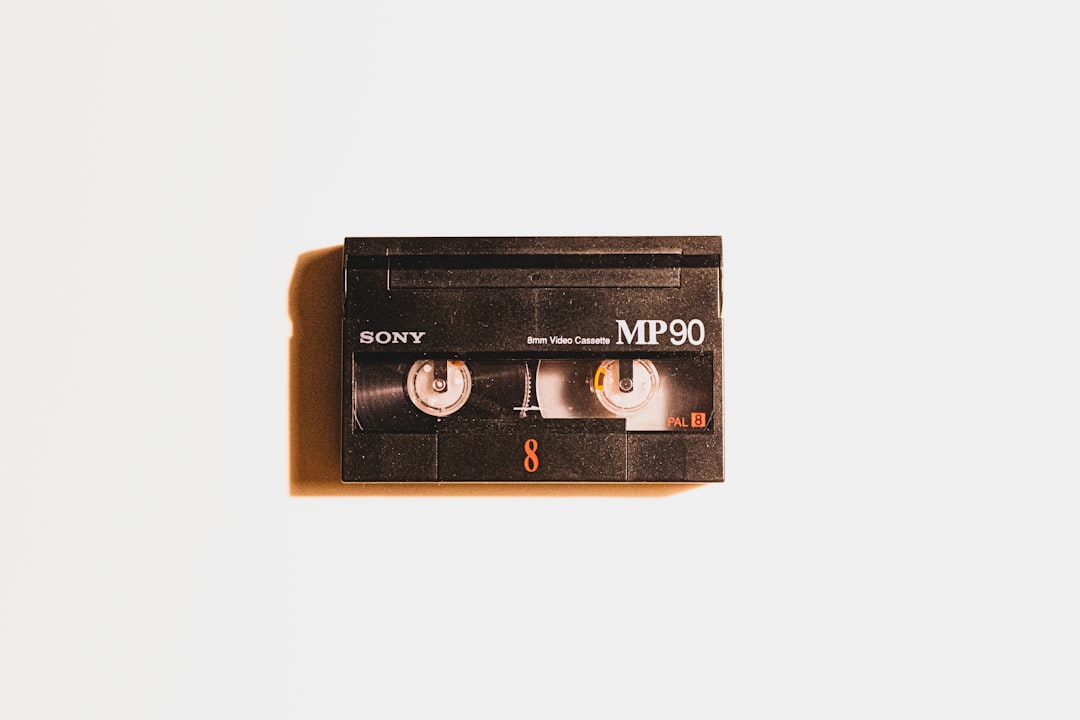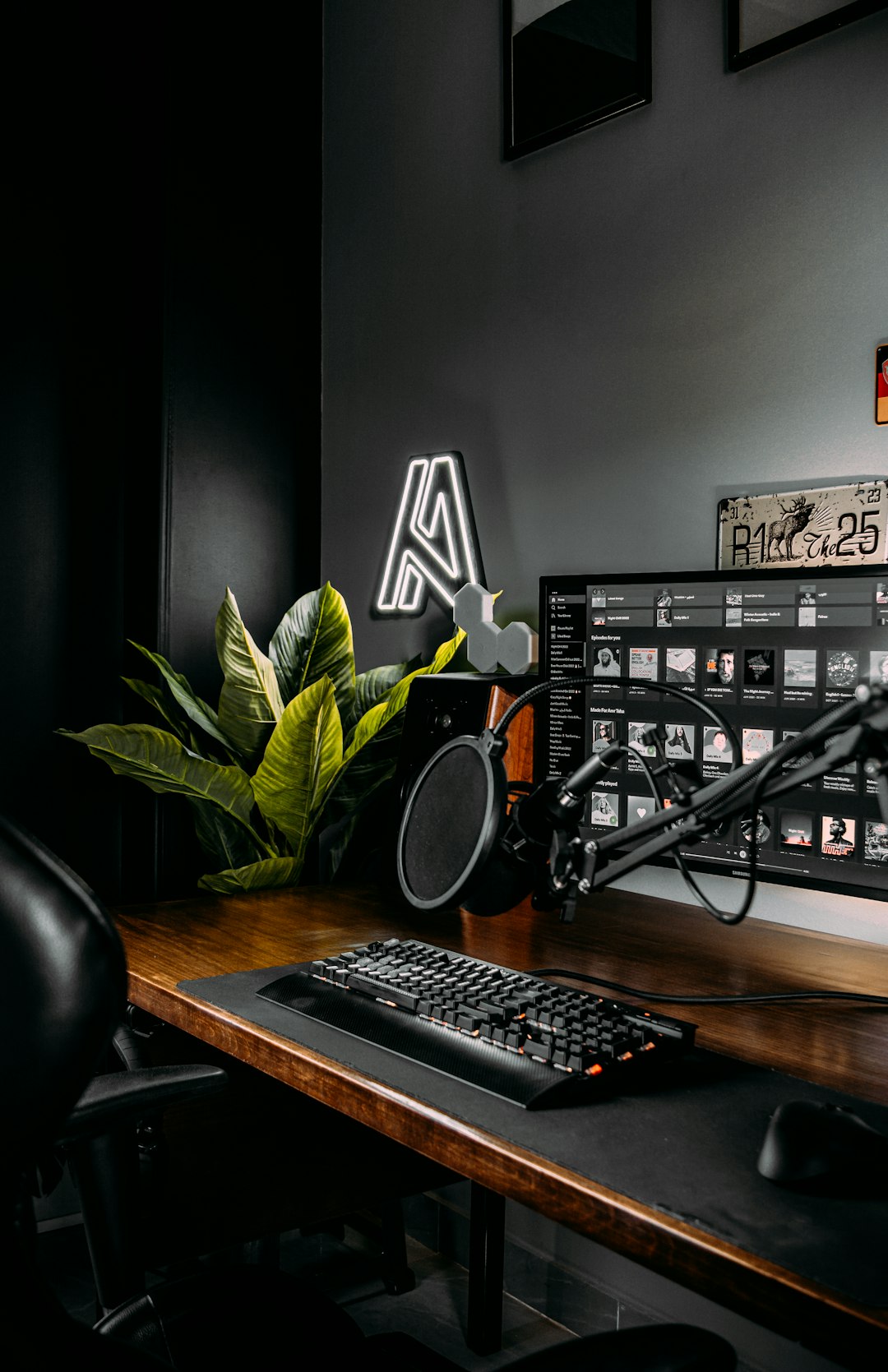When dealing with digital media formats, two file types often come up: MP3 and MP4. While their names may sound similar, they serve fundamentally different purposes. Understanding the differences between them, including their use cases, capabilities, and compatibility, is crucial—especially for users involving themselves in media distribution, editing, or consumption across various platforms and devices.
What is MP3?
MP3 (MPEG-1 Audio Layer III) is a widely adopted audio file format designed specifically for audio compression. It reduces the file size of audio data by eliminating frequencies that are less audible to the human ear, thereby offering significant compression while maintaining relatively high audio quality.
MP3 revolutionized how people store and share music due to its small file size and ease of compatibility across almost every media player and operating system. Despite being introduced in the early 1990s, MP3 remains one of the most commonly used audio file formats today.
Key Features of MP3:
- Audio-only format – MP3 files can only store audio data.
- Highly compressed – Ideal for saving storage space and fast loading times.
- Universal compatibility – Supported on nearly all media devices and software.

What is MP4?
MP4 (MPEG-4 Part 14) is a multimedia container format—not just a format for audio or video. This means that MP4 can hold audio, video, images, subtitles, and even interactivity within a single file. Developed under the ISO/IEC MPEG standards, it is widely used for streaming and sharing video content on the internet, including platforms like YouTube and Vimeo.
Key Features of MP4:
- Multimedia format – Can store video, audio, pictures, and more.
- High compression with quality preservation – Efficient for streaming and storing HD content.
- Broad compatibility – Supported by major devices, operating systems, and internet browsers.

Major Differences Between MP3 and MP4
Although their names suggest similarity, MP3 and MP4 differ greatly in structure and use. Below are some major differences:
| Aspect | MP3 | MP4 |
|---|---|---|
| Content Type | Audio only | Audio, Video, Images, Subtitles |
| Compressibility | High for audio | Moderate to high depending on content |
| Compatibility | Almost universal | Very high, especially for streaming platforms |
| Best Use Case | Music and spoken audio files | Videos, podcasts, and interactive multimedia |
Compatibility Considerations
Both MP3 and MP4 formats offer broad compatibility, but in different ways:
- MP3: Works on nearly all audio players, smartphones, car systems, and streaming services focusing on sound.
- MP4: Compatible with modern video players, smartphones, game consoles, and web browsers.
Importantly, while an MP4 file might contain an MP3 audio track, the opposite is not possible. MP3 files are limited strictly to audio.
When Should You Use MP3 or MP4?
Choosing between MP3 and MP4 depends entirely on your project needs:
- Use MP3 if you’re prioritizing audio fidelity and need a small file size.
- Use MP4 if your content involves video, images, or subtitles, or if you require a format that handles multiple media types within the same file.
For instance, podcasters may choose MP3 files for distributing audio-only episodes, while content creators producing video podcasts or visual content would prefer MP4 for its richer media support.

Conclusion
Although the similar naming of MP3 and MP4 can be confusing, they are used for very different purposes in the digital media ecosystem. MP3 is exclusively for audio, offering compact storage and widespread support, while MP4 is a versatile multimedia format crucial to the modern web and streaming services. Understanding these differences ensures you choose the correct format for capturing, editing, or distributing your media content effectively.


